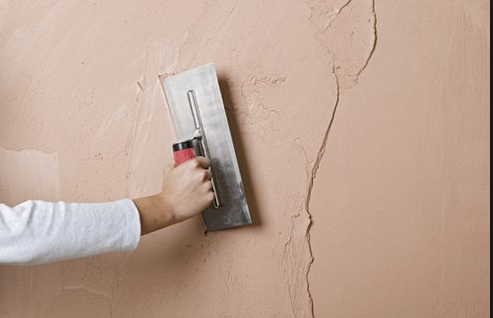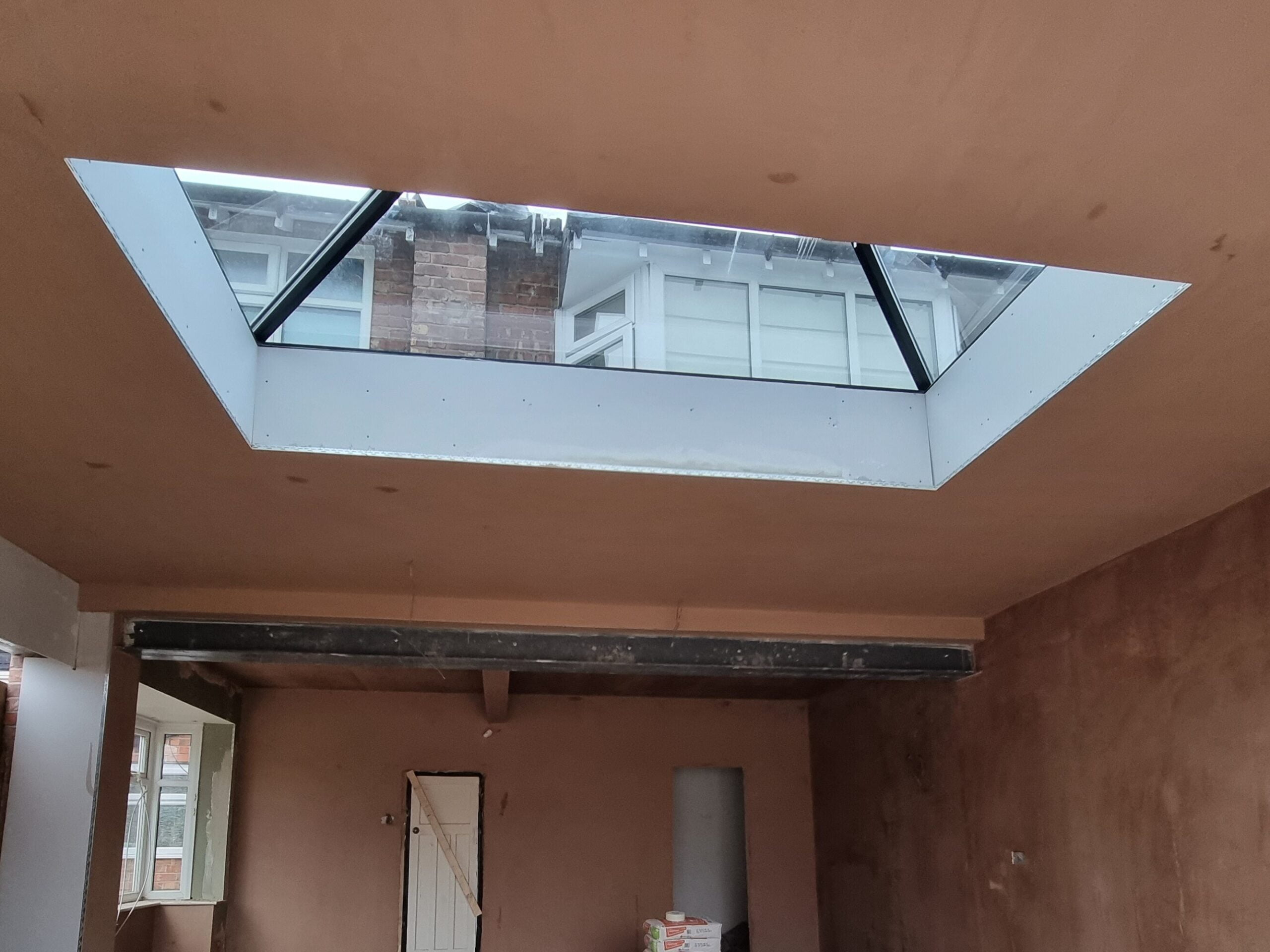Expert Tips for Perfect Plastering: Accomplish a Perfect Finish Whenever
Expert Tips for Perfect Plastering: Accomplish a Perfect Finish Whenever
Blog Article
Trick Tips and Tools for Effective Gluing in Your Home Enhancement Undertakings
Achieving a flawless plaster surface in your home renovation projects needs a blend of the right tools and tested techniques. Understanding the subtleties of blending plaster and applying it in thin layers can dramatically affect the final end result.
Vital Gluing Tools
A plasterer's toolkit is basic to accomplishing a smooth and resilient finish on walls and ceilings. The crucial tools encompass a range of carries out created to help with the gluing process efficiently and properly. Key elements consist of a hawk, which is a flat, square tool made use of to hold the plaster while using it to surfaces. This tool permits very easy transportation and application of the material.

In addition, a blending container is necessary for preparing plaster, making certain the appropriate uniformity prior to application. A plastering brush or sponge is helpful for finishing touches and smoothing out appearances. Last but not least, safety equipment such as handwear covers and masks should be consisted of to shield the customer from dust and chemicals. With each other, these vital plastering tools enable both experts and DIY lovers to attain top notch results in their smudging projects.
Surface Prep Work Strategies
Correctly preparing the surface prior to smudging is crucial for ensuring attachment and attaining a flawless coating. The initial step involves cleaning the surface to remove any type of dirt, oil, or old paint that might impede the plaster's capacity to bond properly. A thorough laundry with an ideal cleansing service is recommended, complied with by rinsing and allowing the surface area to dry totally.
Next, assess the surface area for any fractures or imperfections. These must be full of a suitable filler substance and enabled to treat according to the producer's directions. For porous surfaces, applying a guide is essential to boost and create a consistent texture attachment.
Additionally, it is essential to make certain that the surface area is secure and structurally audio. Any loosened products, such as flaking paint or damaged drywall, need to be repaired or removed. If dealing with masonry surfaces, take into consideration using a scratch layer to enhance hold.
Mixing Plaster Like a Pro

Utilizing a tidy mixing container, pour the water first, after that gradually add the plaster powder while stirring continuously - Plastering. This technique helps to avoid clumping and ensures an even distribution of products. A mechanical mixer can be advantageous, saving and giving consistent results time. Goal for a velvety, lump-free consistency that allows great post to read for easy dispersing but is thick enough to hold its form without running.
When mixed, weblink allow the plaster to relax for a few minutes to allow the gypsum crystals to moisturize completely. This relaxing duration boosts workability and reduces the danger of cracking during application. By following these actions, you can mix plaster like a pro, establishing the structure for an effective plastering job in your home renovation endeavors.
Application Methods for Smooth Finishes
With the plaster blend prepared to the optimal uniformity, the next step involves selecting appropriate application techniques to achieve a smooth surface. The choice of application devices significantly influences the last look of the plastered surface area. For ideal outcomes, a stainless-steel trowel is commonly recommended. This tool enables for a fine, also circulation of plaster throughout the surface while minimizing trowel marks - Plastering.
Begin by using a charitable quantity of plaster to the surface making use of the trowel, ensuring it adheres well. Use a systematic approach, working from the bottom upward. When the preliminary coat is applied, make use of a sweeping activity to smooth the surface, using even stress. In areas that need even more meticulous focus, take into consideration utilizing a float, which can aid eliminate any flaws and produce an uniform texture.
For the final touches, a damp sponge can be used to improve the surface better. Lightly mist the plaster with water and gently rub the surface to achieve a polished result. Constantly bear in mind to operate in tiny areas to keep control over the application procedure, ensuring a smooth, expert finish throughout your plastering task.
Typical Errors to Stay Clear Of
When starting a smudging job, staying clear of usual errors is vital for attaining a remarkable coating. One of one of the most common mistakes is ignoring surface prep work. Falling short to tidy and repair the substrate can lead to poor attachment and unequal surface areas. Make sure that all dust, grease, and loosened products are eliminated prior to applying plaster.
An additional typical try this site error is applying plaster too heavily. Thick layers can crack as they dry, endangering the integrity of the coating. Instead, decide for numerous thin layers, permitting each layer to completely dry entirely prior to using the following.
Additionally, inadequate mixing techniques can lead to inconsistent appearance and workability. Constantly comply with the manufacturer's instructions for mixing proportions and extensively blend the plaster to accomplish an uniform uniformity.

Timing additionally plays an essential role; plaster should be applied while the substratum is damp to boost adhesion. High-grade trowels and floats can make a significant difference in attaining a smooth coating.
Final Thought
Effective smudging calls for a complete understanding of important devices and methods. Mastery of these components not just adds to the aesthetic charm of a space but additionally guarantees toughness and longevity in smudging tasks, making them indispensable to effective home enhancement ventures.
A float is one more crucial device, which assists in leveling the plaster and accomplishing an uniform surface area.

By adhering to these actions, you can blend plaster like a pro, setting the structure for a successful gluing project in your home enhancement ventures.
Gently haze the plaster with water and delicately massage the surface to attain a refined effect.
Report this page